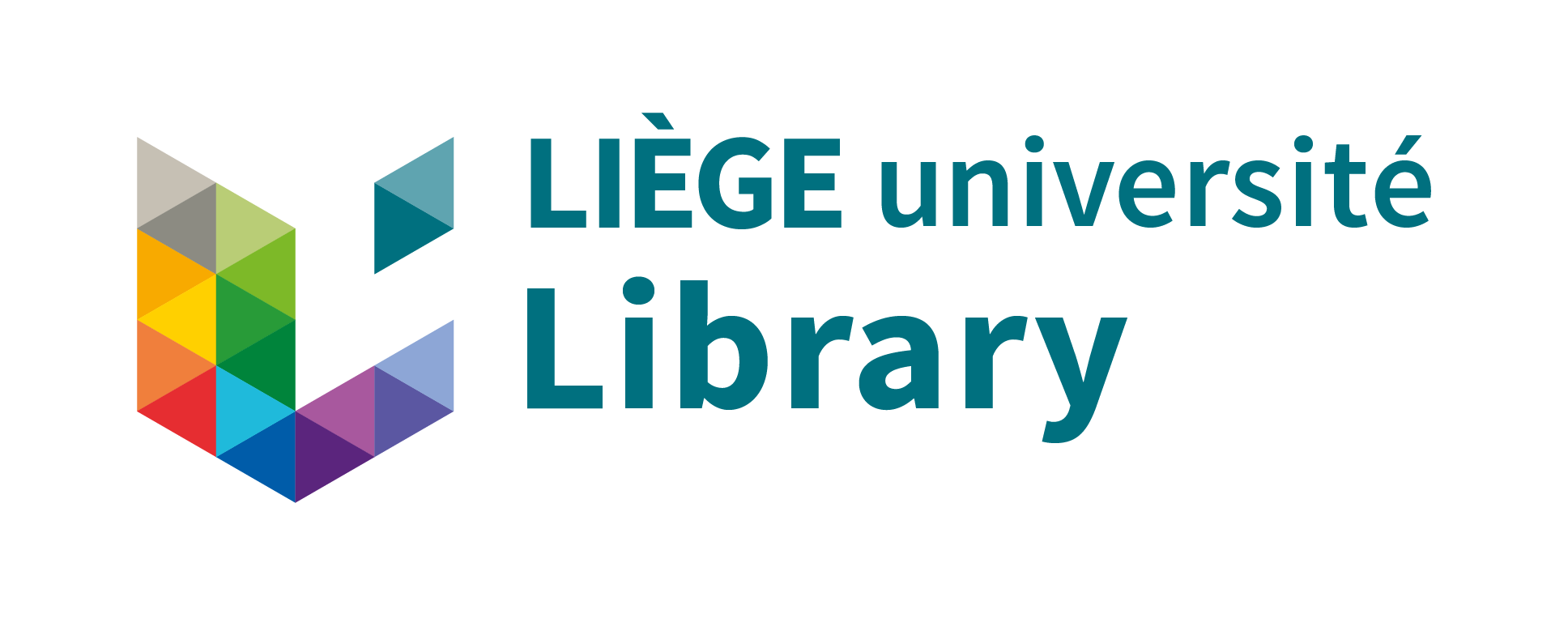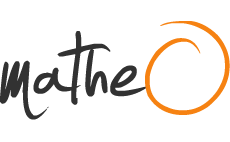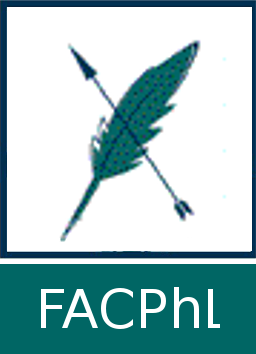Le manuscrit Wittert 41, un recueil de prières enluminé au XIXe siècle par l'atelier des frères de Pape
Havelange, Lisa 
Promoteur(s) :
Oger, Cécile 
Date de soutenance : 4-oct-2021/9-oct-2021 • URL permanente : http://hdl.handle.net/2268.2/13668
Détails
| Titre : | Le manuscrit Wittert 41, un recueil de prières enluminé au XIXe siècle par l'atelier des frères de Pape |
| Auteur : | Havelange, Lisa 
|
| Date de soutenance : | 4-oct-2021/9-oct-2021 |
| Promoteur(s) : | Oger, Cécile 
|
| Membre(s) du jury : | Bawin, Julie 
Strivay, David 
|
| Langue : | Français |
| Discipline(s) : | Arts & sciences humaines > Art & histoire de l'art |
| Institution(s) : | Université de Liège, Liège, Belgique |
| Diplôme : | Master en histoire de l'art et archéologie, orientation archéométrie, à finalité approfondie |
| Faculté : | Mémoires de la Faculté de Philosophie et Lettres |
Résumé
[fr] Ce travail apporte des éléments de réponse contextuels à propos du manuscrit Wittert 41, mais également concernant ses enluminures et leurs aspects techniques.
Réalisé par l’atelier des frères de Pape en 1853 et légué par le baron Adrien Wittert à l’Université de Liège, les enluminures de ce manuscrit sont inspirées par le style ganto-brugeois et les Primitifs flamands. Citons par exemple le folio 48 représentant saint Jean de Patmos et correspondant à la copie d’un panneau peint par Hans Memling. Ces deux inspirations assimilent ce manuscrit au renouveau médiéval du XIXe siècle, et plus particulièrement à l’approche du geleerde neogotiek.
Les analyses XRF du manuscrit ont permis de déterminer la palette de l’atelier. Celle-ci se caractérise par l’emploi de pigments dits traditionnels et de pigments issus de la révolution industrielle. Des colorants organiques ont très certainement complété cette palette, mais sans certitude analytique. Ces pigments et colorants ont été mis en œuvre en deux étapes, à savoir une base uniforme complétée par des ombres et des lumières.
Les résultats de cette étude du manuscrit Wittert 41 souligne ainsi l’intérêt d’étudier les manuscrits enluminés du XIXe siècle.
[en] This work provides contextual information about the Wittert 41 manuscript, but also about its illuminations and their technical aspects.
Produced by the workshop of the de Pape brothers in 1853 and bequeathed by Baron Adrien Wittert to the University of Liège, the illuminations of this manuscript are inspired by the Ghent-Bruges school and the Flemish Primitives. One example is folio 48, which depicts Saint John of Patmos and is a copy of a panel painted by Hans Memling. These two inspirations link this manuscript to the medieval revival of the nineteenth century, and more specifically to the geleerde neogotiek approach.
XRF analysis of the manuscript has made it possible to determine the workshop's palette. This is characterised by the use of so-called traditional pigments and pigments from the Industrial Revolution. Organic dyes most certainly completed this palette, but without analytical certainty. These pigments and dyes were used in two stages, namely a uniform base supplemented by light and shade.
The results of this study of the Wittert 41 manuscript thus underline the interest in studying illuminated manuscripts of the nineteenth century.
Fichier(s)
Document(s)

 Texte (TFE Lisa Havelange volume 1).pdf
Texte (TFE Lisa Havelange volume 1).pdf
Description: -
Taille: 1.34 MB
Format: Adobe PDF
Annexe(s)

 Illustrations et annexes (TFE Lisa Havelange volume 2).pdf
Illustrations et annexes (TFE Lisa Havelange volume 2).pdf
Description: -
Taille: 23.77 MB
Format: Adobe PDF
Citer ce mémoire
L'Université de Liège ne garantit pas la qualité scientifique de ces travaux d'étudiants ni l'exactitude de l'ensemble des informations qu'ils contiennent.


 Master Thesis Online
Master Thesis Online




